Incorporation Through World War II--1913-1945
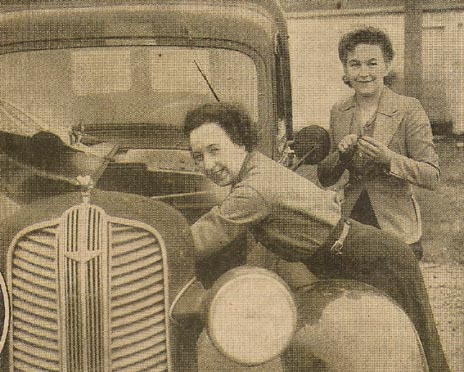
NOTES
1. Arthur Lafromboise Interview. 1973. p. 16. Washington Rurual Heritage
2. Ron Tyler, in remarks about Jeanne Jokumsen, recipient of the 2011 History Award by the Enumclaw Pleateau Historical society. Remarks given at the 2012 Awards Dinner.
3. "Dick Farman Built a Business as Pickle King". Seattle Times. May 9, 2002
4. Pickleball. Wikipedia.
5. "Fun Fourth at Picnic Grounds". Wally's World. Enumclaw Courier-Herald. July 3, 2012.
6. "Highway Serves as Wedding Ring". Spokesman Review. September 14, 1931.
7. "In Days Gone By, Banking Was Local". Wally's World. Enumclaw Courier-Herald. July 16, 2012.
1. Arthur Lafromboise Interview. 1973. p. 16. Washington Rurual Heritage
2. Ron Tyler, in remarks about Jeanne Jokumsen, recipient of the 2011 History Award by the Enumclaw Pleateau Historical society. Remarks given at the 2012 Awards Dinner.
3. "Dick Farman Built a Business as Pickle King". Seattle Times. May 9, 2002
4. Pickleball. Wikipedia.
5. "Fun Fourth at Picnic Grounds". Wally's World. Enumclaw Courier-Herald. July 3, 2012.
6. "Highway Serves as Wedding Ring". Spokesman Review. September 14, 1931.
7. "In Days Gone By, Banking Was Local". Wally's World. Enumclaw Courier-Herald. July 16, 2012.
Resources
About
Contact
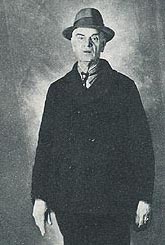
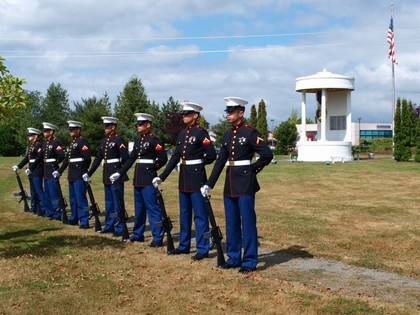
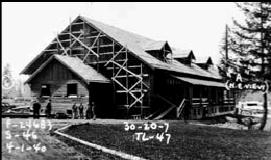
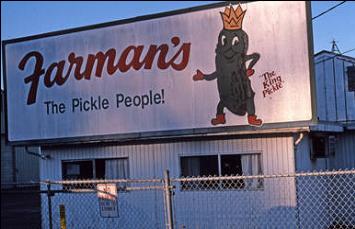
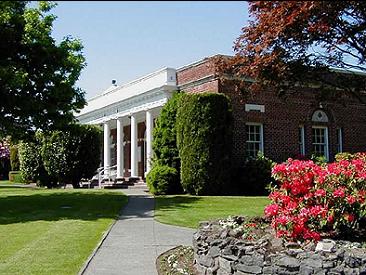
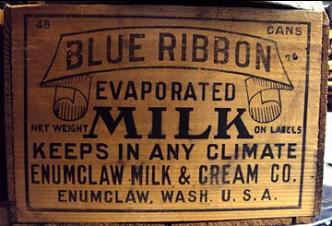
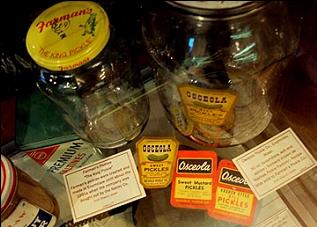
Incorporation gave the city authority to levy taxes for infrastructure improvement, and to pass ordinances like forbidding the dumping of manure in alleys. Paved streets and sidewalks, more cars, electricity, and indoor plumbing transformed the pioneer community into an established town. Major employers like the White River Lumber Company and Farmers Mutual continued to grow and put Enumclaw on the map and new small businesses were proliferating. Thriving dairies spread across the Plateau.
Enumclaw's current city hall was built in 1923.
But amidst the high hopes, several dark clouds appeared. Competition from a new condensery threatened the Creamery and the whole concept of cooperatives. Rumblings of war, remote at first, in time reached Enumclaw and eventually cost the community fifteen of its own. And before the war was over, the great influenza epidemic closed the schools and businesses and took its deadly toll. In the economic and social turmoil that followed, the Ku Klux Klan was here, targeting immigrants and Catholics (we had no blacks in Enumclaw at the time). (1) The temperance movement and Prohibition bitterly divided segments of the population and spawned an underground economy in which some of the opponents benefited most.
Competition for the Co-operative Creamery
Still, Enumclaw continued to grow. It got a new, three-story brick high school in 1921 and the current city hall in 1923. Many of the buildings that line our downtown streets were built during this period. The Chalet Theater, established in 1928 with the latest projection technology, is still operating today with its original red-curtained stage and 460 seats.
Long famous for its pickles, Enumclaw has been home to three companies. The oldest was Naches Pickles, later becoming Osceola Pickles. Started by the Jokumsen family in 1929, the factory began its forty-eight year operation on Porter's Prairie at the site of the first school in the area. (2) And in 1944, the Farman brothers opened their business on what is now Pickle Factory Road, near the fairgrounds. The brand was finally sold to Nalley's forty-three years later. Now it is owned by food giant Treehouse Foods of Illinois, and Farman's Pickles come from India, among other places (not including the Northwest.)
It has never been all work and no play in Enumclaw. From the earliest times, neighbors gathered in each other's houses and later in halls for dances, and held parades every year. In 1900, the long tradition of the Farmers' Picnic began its 38-year lifespan. With donated land across from the local auction barn on the highway west of town, people gathered for day-long (and night-long) celebrations, complete with softball games, mountains of food, and music by Robert Montgomery's town band. (5)
One of the most memorable characters of the time was town marshal Tom Smith. According to many, this larger-than-life figure was primarily responsible for a thirty-eight year, relatively crime-free period in Enumclaw. Famous in the region for his role in capturing or convicting three bank robber/murderers and raiding numerous stills, he was known in town for the respect he garnered from kids and their parents. Nobody wanted to get in trouble with this icon of Enumclaw.
The Enumclaw business community long advocated for improved roads for transport of their products. A key link connecting Enumclaw with eastern Washington was the Naches Highway, supported early by J. J. Smith. He didn't live to see its opening on September 13, 1931. The day was celebrated at Tipsoo Lake with a wedding between Enumclaw Cream and a Yakima Peach. Several thousand attended, and many others were turned away for lack of space at the summit of the pass. (6) The route was later selected as a Scenic Byway, the designation extending all the way to Enumclaw's Pickle Factory Road (Farman Road) in March of 2013.
Of course, all was not well in 1931. The Great Depression brought untold suffering across the country, and Enumclaw was no exception. Although the dairy business was able to maintain relative stability in the hard times and chicken farming helped some to survive, many people lost their jobs, their land, and homes. Even Enumclaw National Bank went under. Fortunately, First National Bank of Enumclaw across the street was still strong enough (and willing) to assume the liabilities of its competitor, though this move was not without considerable risk. It prevented countless friends and neighbors of the hometown bankers from losing all their deposits. (7)
Of course, all was not well in 1931. The Great Depression brought untold suffering across the country, and Enumclaw was no exception. Although the dairy business was able to maintain relative stability in the hard times and chicken farming helped some to survive, many people lost their jobs, their land, and homes. Even Enumclaw National Bank went under. Fortunately, First National Bank of Enumclaw across the street was still strong enough (and willing) to assume the liabilities of its competitor, though this move was not without considerable risk. It prevented countless friends and neighbors of the hometown bankers from losing all their deposits. (7)
Many people from Enumclaw were out of work during the Depression, but some found work in various projects of the New Deal. One was construction of the Field House by the Expo Center. Many events have been held in this unique building, including the Centennial celebration of Enumclaw's 1913 incorporation.
Enumclaw Fieldhouse under construction
The despair of the Depression was followed immediately by the horrors of war. While most of the young men and many women joined the services, those at home came together to support the war effort. Money and supplies were collected and victory gardens supplemented agricultural production, while women and older men took over many of the jobs at the mill and in the woods. When the war finally ended, the town had lost sixty-two of its people. They are remembered today at Veteran's Memorial Park.